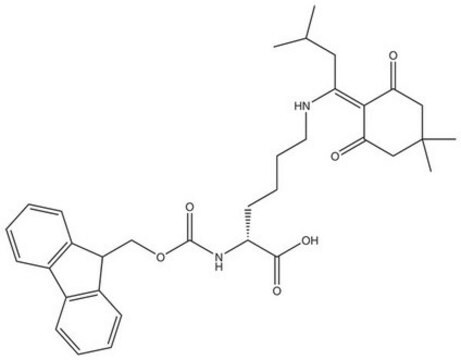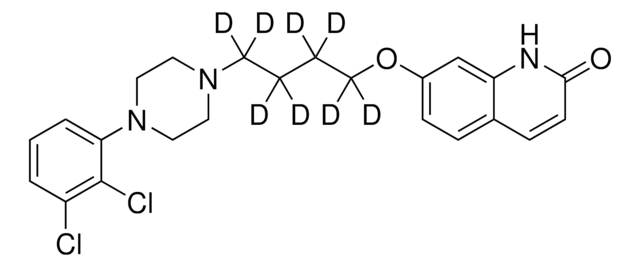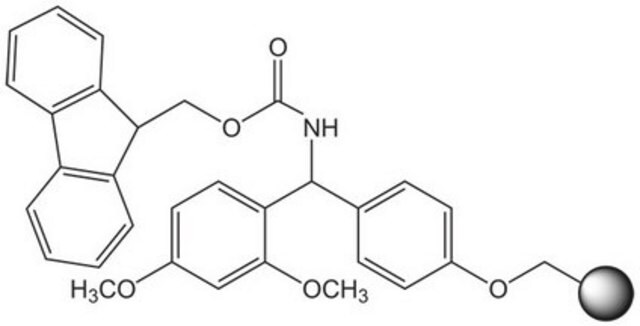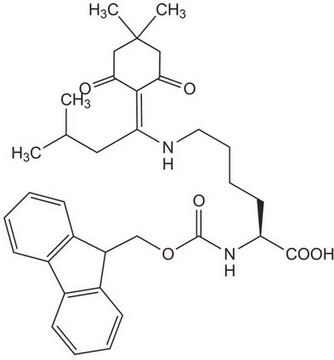Kluczowe dokumenty
857501P
Avanti
16:0-17:0 cyclo PC
Avanti Research™ - A Croda Brand 857501P, powder
Synonim(y):
1-palmitoilo-2-cis-9,10-metyloheksadekanoilo-sn-glicero-3-fosfocholina
About This Item
Polecane produkty
Próba
>99% (TLC)
Formularz
powder
opakowanie
pkg of 1 × 1 mg (857501P-1mg)
producent / nazwa handlowa
Avanti Research™ - A Croda Brand 857501P
typ lipidu
cardiolipins
phospholipids
Warunki transportu
dry ice
temp. przechowywania
−20°C
ciąg SMILES
[O-]P(OCC[N+](C)(C)C)(OC[C@]([H])(OC(CCCCCCCC1C(C1)CCCCCC)=O)COC(CCCCCCCCCCCCCCC)=O)=O
Klucz InChI
MHMMFIIAMURXQM-DFCGPKRUSA-N
Opis ogólny
Działania biochem./fizjol.
Opakowanie
Informacje prawne
Kod klasy składowania
11 - Combustible Solids
Klasa zagrożenia wodnego (WGK)
WGK 3
Temperatura zapłonu (°F)
No data available
Temperatura zapłonu (°C)
No data available
Wybierz jedną z najnowszych wersji:
Certyfikaty analizy (CoA)
It looks like we've run into a problem, but you can still download Certificates of Analysis from our Dokumenty section.
Proszę o kontakt, jeśli potrzebna jest pomoc Obsługa Klienta
Masz już ten produkt?
Dokumenty związane z niedawno zakupionymi produktami zostały zamieszczone w Bibliotece dokumentów.
Nasz zespół naukowców ma doświadczenie we wszystkich obszarach badań, w tym w naukach przyrodniczych, materiałoznawstwie, syntezie chemicznej, chromatografii, analityce i wielu innych dziedzinach.
Skontaktuj się z zespołem ds. pomocy technicznej








